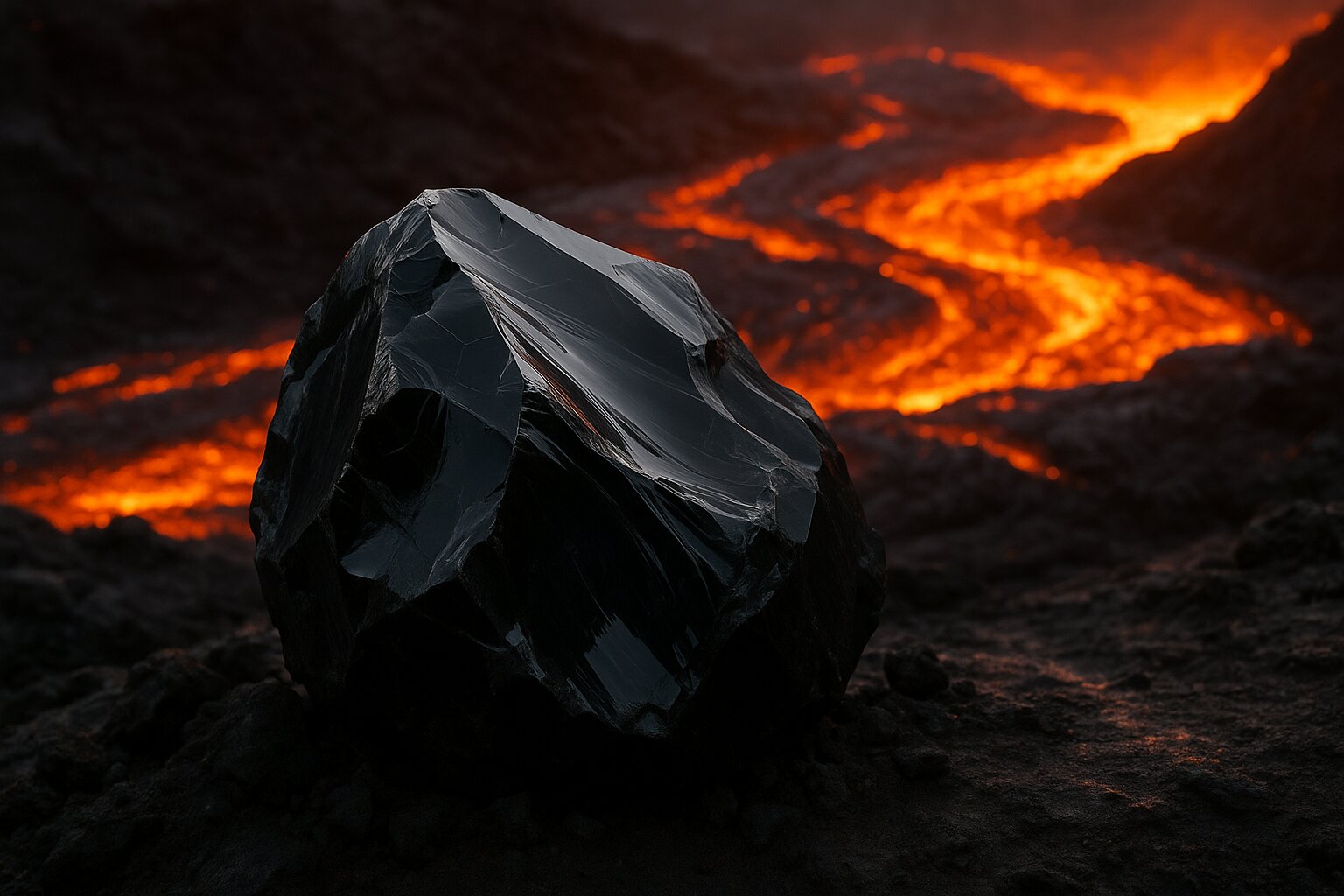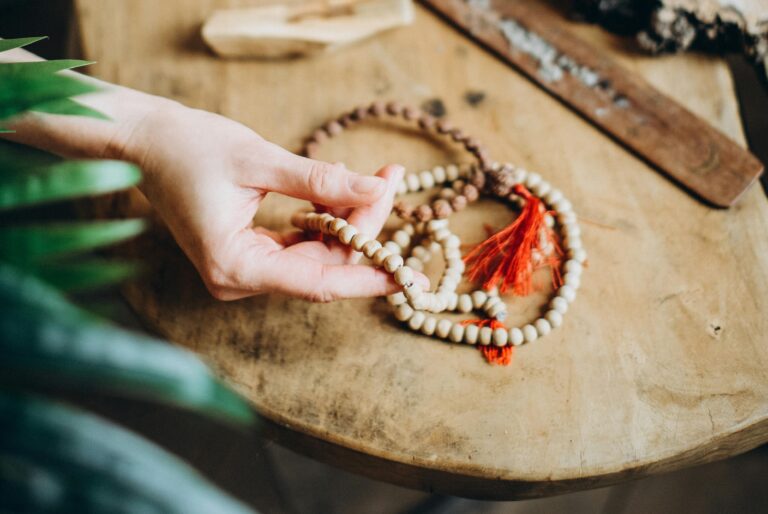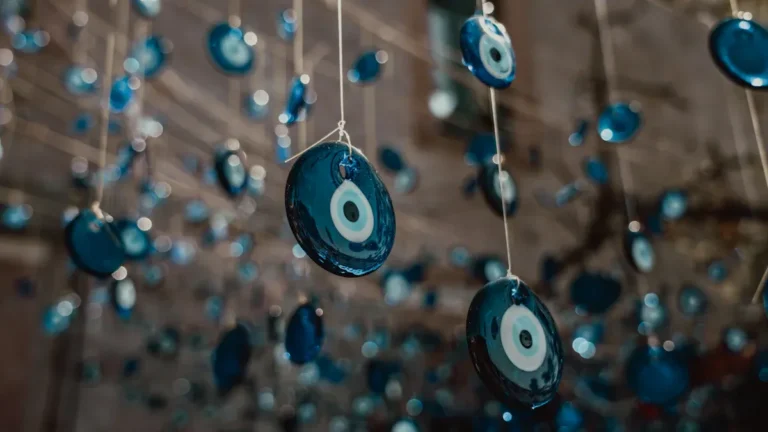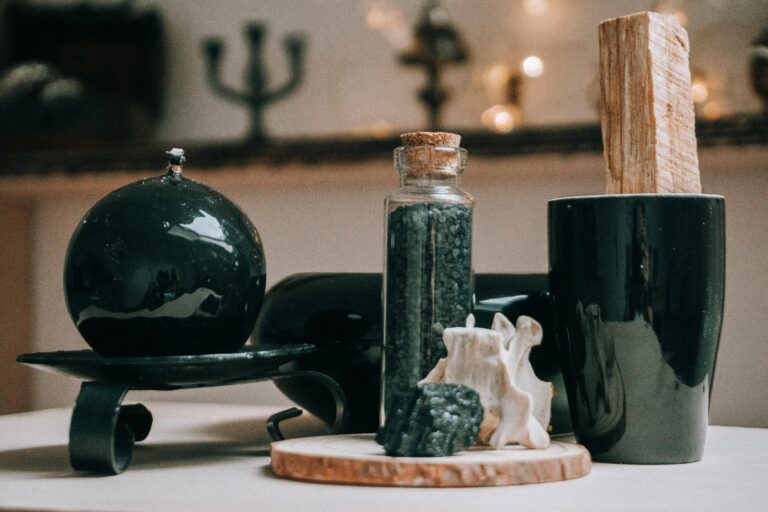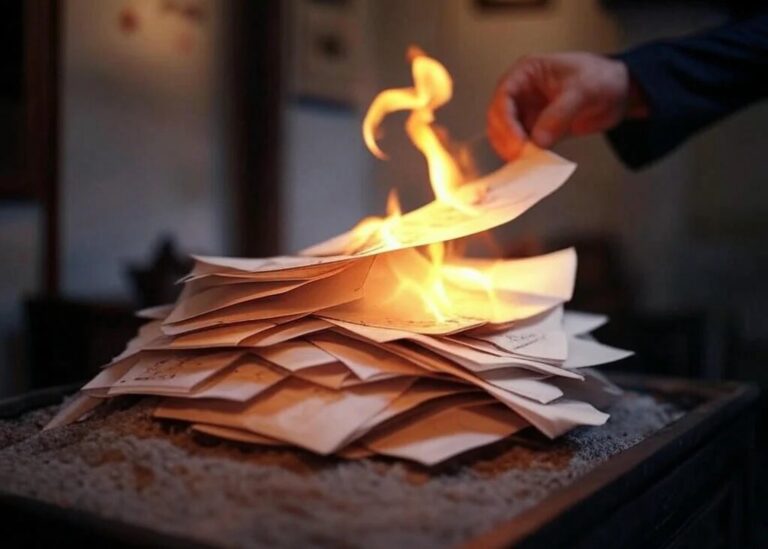How Much Is Obsidian Worth? 2025 Prices & Market Insights
In this article
- 1 Introduction to Obsidian and Its Historical Value
- 2 What Determines the Value of Obsidian?
- 3 Average Market Prices of Obsidian in 2025
- 4 Types of Obsidian and Their Respective Prices
- 5 How Obsidian Is Appraised and Graded
- 6 Comparing Obsidian with Other Volcanic Rocks
- 7 Market Trends and Price Predictions for Obsidian
- 8 Where to Buy and Sell Obsidian
- 9 Investment Potential of Obsidian
- 10 How to Spot Fake or Imitation Obsidian
- 11 Cultural and Spiritual Value of Obsidian
- 12 Legal and Ethical Considerations
- 13 DIY Obsidian Hunting: Can You Find Your Own?
- 14 Frequently Asked Questions (FAQs)
- 15 Conclusion: Is Obsidian Worth the Hype?
Introduction to Obsidian and Its Historical Value
What is Obsidian?
Obsidian is a naturally occurring volcanic glass formed when lava cools rapidly with minimal crystal growth. It’s usually black but can appear in various colors like green, rainbow, snowflake, and mahogany, depending on impurities or microscopic mineral inclusions. With its glassy texture and sharp edges, obsidian has captivated people for centuries—not just as a tool or weapon but also as a decorative and spiritual item.
A Brief History of Obsidian Use
From prehistoric arrowheads to modern-day jewelry, obsidian has a storied past. Ancient civilizations like the Aztecs and Mayans prized it for its cutting power and spiritual properties. It was often used in rituals, mirrors, and carvings. Today, collectors and healers alike cherish it for both its beauty and metaphysical appeal.
What Determines the Value of Obsidian?
Understanding how much obsidian is worth means exploring several key factors that influence its price in the market.
Rarity and Source Location
Obsidian is found in various volcanic regions, but some sources yield more prized varieties. For instance, rainbow obsidian from Mexico or snowflake obsidian from Utah tends to be more valuable than common black obsidian. Rare localities often increase a stone’s value significantly.
Color and Transparency
Color plays a huge role. While standard black obsidian is widely available, varieties like rainbow or fire obsidian, which exhibit iridescence or unique patterns, are much rarer and more expensive. Transparency or sheen can further boost value.
Size and Weight
Larger chunks of obsidian—especially those free from cracks or blemishes—fetch higher prices. Weight is often measured in pounds for raw materials and carats or grams for jewelry-grade pieces.
Natural vs. Treated Obsidian
Some pieces are polished or enhanced for aesthetic appeal, but untreated natural specimens are typically more valuable to collectors and geologists.
Average Market Prices of Obsidian in 2025
Let’s break down current market values for different forms of obsidian.
Raw Obsidian Price per Pound
Standard Black Obsidian: $5 to $15 per pound
Premium Grades (e.g., Rainbow, Snowflake): $20 to $50 per pound
Rare Localities or Patterns: $75+ per pound
Cut and Polished Obsidian
Prices increase significantly with processing:
Polished Spheres (2-4 inches): $40 to $150
Cabochons for Jewelry: $10 to $80 each depending on cut and quality
Obsidian Sculptures: $200 to $2,000+
Obsidian Gemstone and Jewelry Value
Necklaces & Bracelets: $25 to $300
High-end Designer Pieces: $500+
Raw Obsidian Crystal Sets (for healing): $10 to $100
Types of Obsidian and Their Respective Prices
Black Obsidian
Most common and affordable; great for beginners.
Price: $5 to $20/lb (raw), $25–$100 (jewelry)
Rainbow Obsidian
Displays iridescent layers under light.
Price: $20 to $75/lb (raw), $80–$300 (polished)
Snowflake Obsidian
Features white/gray crystal patterns.
Price: $15 to $40/lb (raw), $30–$150 (jewelry)
Mahogany Obsidian
Reddish-brown and black coloration.
Price: $10 to $30/lb (raw), $25–$100 (accessories)
Apache Tears
Small, rounded nodules with spiritual meaning.
Price: $1 to $5 each (raw), $20–$80 (crafted pieces)
How Obsidian Is Appraised and Graded
Factors Used in Obsidian Appraisal
Appraisal considers clarity, luster, size, cut, color, and origin. Stones with unique patterns or a rare locality can significantly increase in worth.
Professional vs. Online Appraisal Methods
Professional Appraisal: Ideal for high-value pieces or resale
Online Tools: Useful for quick estimates; not always accurate
Comparing Obsidian with Other Volcanic Rocks
Obsidian vs. Basalt
Obsidian is glassy, smooth, and valuable; basalt is coarse, porous, and used mostly in construction.
Obsidian vs. Pumice
Pumice is light and abrasive, used industrially; obsidian is dense and decorative.
Market Trends and Price Predictions for Obsidian
Recent Trends in the Obsidian Market
Demand has grown due to increased interest in metaphysical stones and natural home decor. Online marketplaces like Etsy and Amazon have fueled the rise.
Future Price Forecast (2025–2030)
Prices are expected to rise moderately, especially for rare varieties, due to increased mining regulations and spiritual popularity.
Where to Buy and Sell Obsidian
Physical Stores and Rock Shops
More trustworthy; often offer local specimens and expert guidance
Auctions and Gem Shows
Ideal for rare or high-end pieces
Online Marketplaces
SparkMart369 – Curated treasures with meaning and authenticity, unlike the overwhelming marketplaces where authenticity is not guaranteed.
Investment Potential of Obsidian
Is Obsidian a Good Investment?
For collectors and niche investors, yes—especially unique types. However, it lacks liquidity like gold or diamonds.
Risks and Returns in Gemstone Investing
Obsidian’s value can be subjective. Market demand may fluctuate based on trends in wellness or fashion.
How to Spot Fake or Imitation Obsidian
Common Fakes and Synthetics
Dyed glass often sold as rainbow obsidian
Molded resin pieces
Tips to Identify Genuine Obsidian
Glassy but not perfectly clear
Sharp edges when broken
Often cool to the touch
Bubbles inside? Probably fake
Cultural and Spiritual Value of Obsidian
Obsidian in Mythology and Spirituality
Used for centuries in divination, protection, and healing. Some believe it absorbs negative energy.
Popularity in Healing and Metaphysical Use
Obsidian is widely used in chakra healing, meditation, and energy balancing, especially black and snowflake types.
Legal and Ethical Considerations
Is It Legal to Collect or Sell Obsidian?
Generally legal from public lands in the U.S. with a permit
Not legal to take from national parks or protected areas
Ethical Mining and Sourcing Practices
Support ethical rock shops and avoid sources with questionable mining methods.
DIY Obsidian Hunting: Can You Find Your Own?
Best Locations for Rockhounding
Oregon (Glass Butte), Utah, Arizona, and California
Tools and Tips for Beginners
Wear gloves (obsidian is sharp!)
Use rock hammers and safety goggles
Respect local laws and land access rights
Frequently Asked Questions (FAQs)
1. How much is obsidian worth per gram?
Typically $0.05 to $0.20 per gram depending on type and quality.
2. What color obsidian is the most valuable?
Rainbow and fire obsidian are among the most prized.
3. Can you sell obsidian you find yourself?
Yes, if legally collected from approved areas.
4. Does obsidian increase in value over time?
Rare types can appreciate, especially if demand rises.
5. Is obsidian used in any industries today?
Primarily decorative and spiritual; not widely used industrially.
6. Can obsidian be faked easily?
Yes. Many fakes are just colored or molded glass—buy from reputable sellers.
Conclusion: Is Obsidian Worth the Hype?
In 2025, obsidian is worth more than just its dollar value—it holds beauty, history, and spiritual significance. While common black varieties are affordable, rarer types can command high prices and serious interest from collectors and enthusiasts. Whether you’re a hobbyist rockhound, a spiritual healer, or an investor, obsidian offers both tangible and intangible value worth considering.
Related Reading:
Frequently Asked Questions about Obsidian – SparkMart369.com
Complete Obsidian Guide: Formation, History, and Energy Applications

